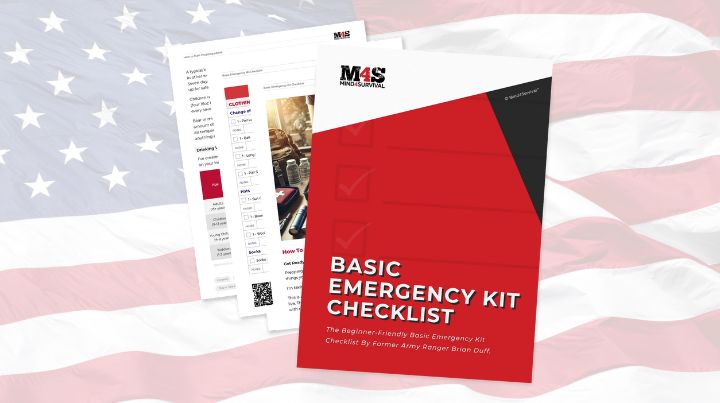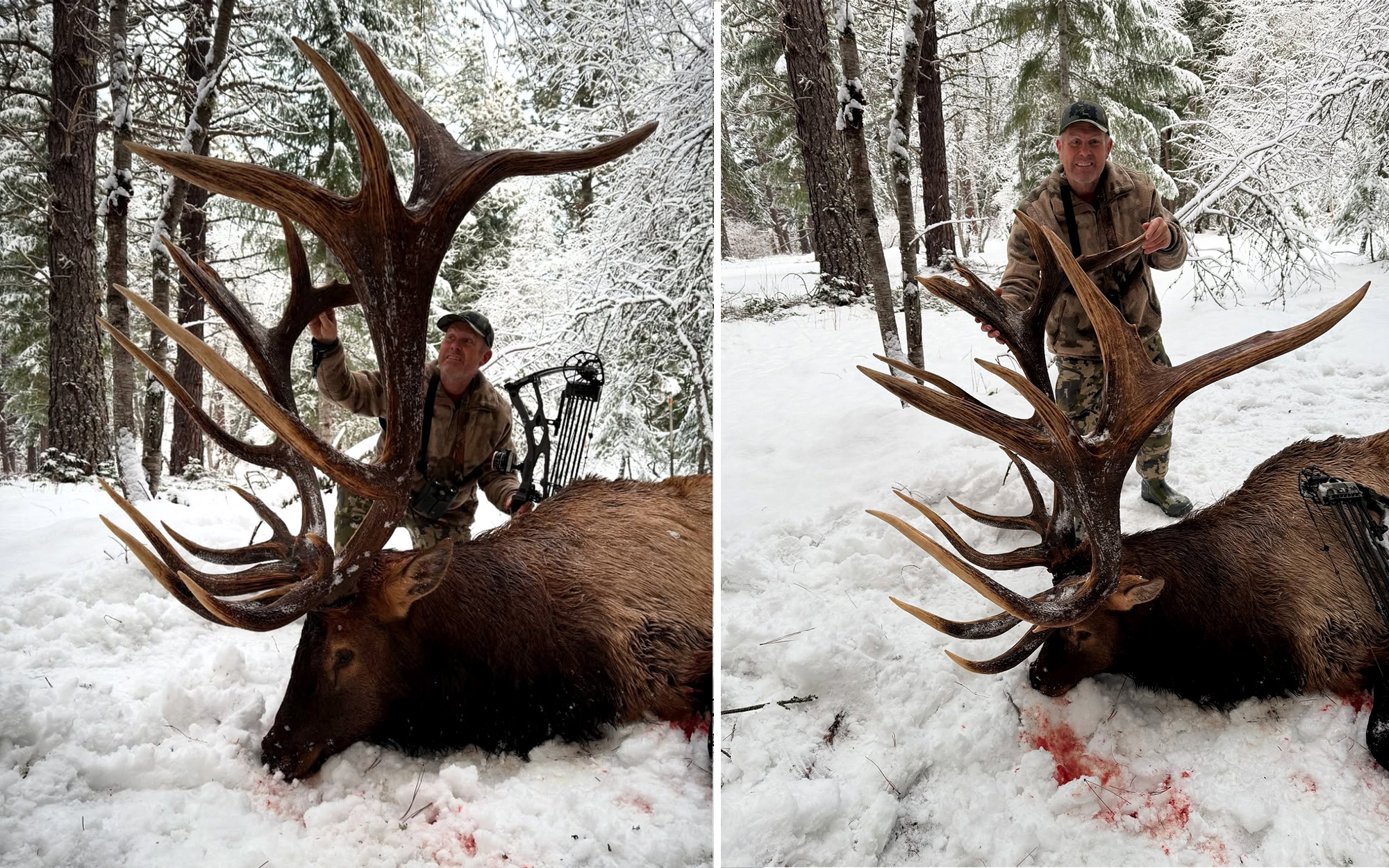We Tested the Best Hiking Sandals of 2024

We may earn revenue from the products available on this page and participate in affiliate programs. Learn More ›
While you might not summit a mountain in a pair of sandals, there are plenty of scenarios where hiking sandals are superior to trail runners or hiking boots. Beaches, stream crossings, and canyons are just a few places where sandals designed for hiking shine. Staff writer Laura Lancaster and I hiked in all of the sandals on this list to test their traction, support, and protection. Find the best hiking sandals for your next adventure on this list.
How We Tested the Best Hiking Sandals
Lancaster and I wore the top sport sandals on hikes, around camp, and in water. Because hiking sandals are often convenient to wear around water, all of the sandals on this list float. The best indicator for how well a hiking shoe will work for you is subjective: comfort. But we took note of how each fit and supported our feet to give you a better idea of what might work for you. We also evaluated for traction and protection in slick and rocky conditions. All of the weights on this list were also independently measured.
Best Hiking Sandals: Reviews & Recommendations
Best Overall: Teva Hurricane XLT2
Ashley Thess
See It
Key Features
- Weight: 1 pound, 2 ounces
- Hook-and-loop closure
- EVA footbed
- Nylon shank
- Rubber outsole
- Recycled polyester webbing
- Life Naturals anti-odor
Pros
Cons
I’m on my third pair of Tevas and they’re my favorite hiking sandals. I wear them backpacking, paddling, hiking, and pretty much everywhere else. They’re supportive with enough traction to ditch your sweaty boots or trail runners. They shine in wet and sandy conditions. The nylon shank that supports your arch is flexible and unobtrusive for anyone with low to medium arches. These have a roomy fit with plenty of toe splay and I love the lightweight feel when scrambling over rocks or trudging through deep sand.
The rubber outsole and deep lugs add protection and grip for stream crossings. However, they are typically still damp by the time I get to camp because they take a while to dry. The hook and loop closure make them easy to adjust, take off, and put back on quickly. You can also incorporate socks or neoprene booties if necessary. Once your Tevas have finally bit the dust, you can recycle them through the TevaForever program instead of sending them to a landfill.
Best Closed Toe: Keen Newport H2
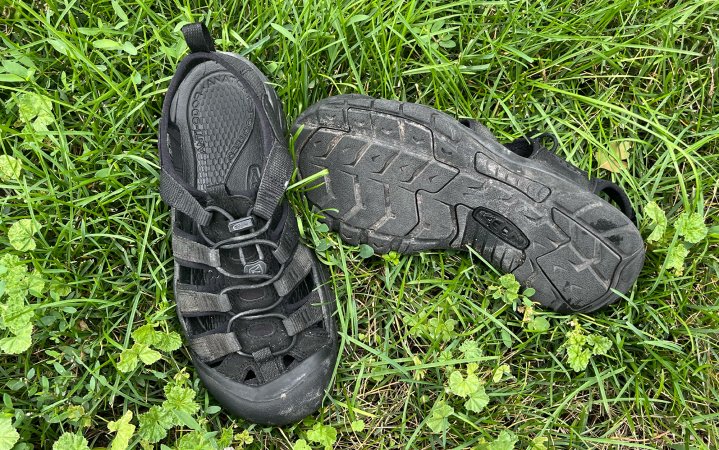
See It
Key Features
- Weight: 1 pound, 7 ounces
- Rubber outsole
- Multi-directional lugs
- Lace-lock bungee closure
- EVA insole
- Eco anti-odor
Pros
- Machine washable
- Toe protection
- Anti-slip
Cons
The Newport H2 thrives in wet conditions, thanks to soft rubber, deep lugs, and a razor siping outsole. If you push the toe of the Keen backward, you can see razor thin cuts in the outsole that channel water out from under your shoe. I hiked up a wet, 5-inch wide ledge in the dark wearing these shoes. I was thankful for the incredible grip and anti-slip that gave me confidence in each step. I never slipped on wet rocks, steep dirt slopes, or any other obstacle. The wide fit with a generous toe box also aids in stability. A cushioned midsole provides light arch support, and the fit is adjustable with a drawcord that you can tuck into the laces to keep out of the way.
The Newports H2 is Keen’s self-proclaimed “World’s Ugliest Sandal,” and I agree with them. However, the closed-toe that gives them a dad at a Disney waterpark look, also protects your toes from underwater rocks, roots, and more. The full coverage and thick rubber soles make this a very bulky shoe. Though if you’re looking for more protection on your next amphibious adventure, these are an excellent choice.
Best Ultralight: Xero Z-Trail EV
Ashley Thess 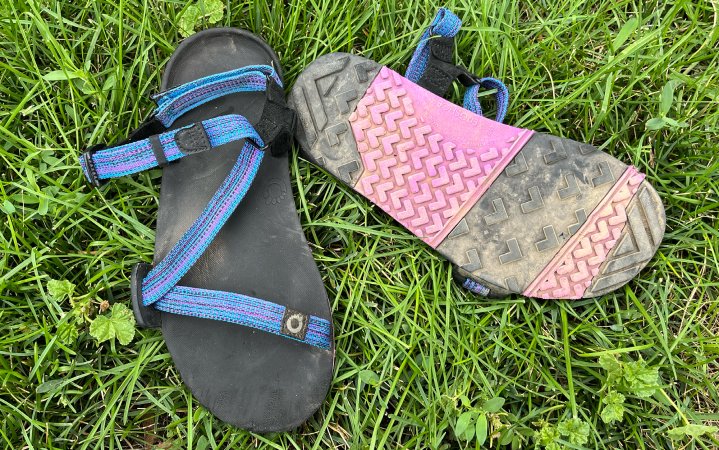
See It
Key Features
- Weight: 8.4 ounces
- 11 mm FeelLite sole
- Middle layer of TrailFoam
- Dual chevron lug pattern
- Webbing is nylon sourced from recycled water bottles
- Velcro and ladder lock buckle closure
- Zero drop
Pros
- Ultralight
- Great traction
Cons
- No support makes this a better fit for hikers accustomed to minimalist footwear
I hiked about 20 miles in the Xero Z-Trail EVs on the Pacific Crest Trail for the 2024 Backpacking Gear Test when the trail runner I was testing didn’t work for me. This barefoot sandal is the lightest option on our list at around 8 ounces. They have a zero drop and no arch support to allow your foot to feel the terrain below your feet and flex naturally. There’s almost no protection or support from this shoe. Its shining qualities are freedom of movement, comfort, traction, and light weight. While backpacking in them for two days, I was surprised at how much traction they gave me while I crossed snow fields, the Knife’s Edge, and summited passes.
It still felt like backpacking barefoot, and my feet were more sore than they would have been wearing trail runners. But I felt comfortable and secure in these sandals for two days, even in some light rain. They have significant traction for being so light, thanks to deep lugs on the bottom. I was impressed with the grip when walking over slick rocks and running water. Though the fit is adjustable, you have to wear them pretty snug otherwise your foot will push forward over the shoe.
Best with Arch Support: Chaco Z Cloud 2
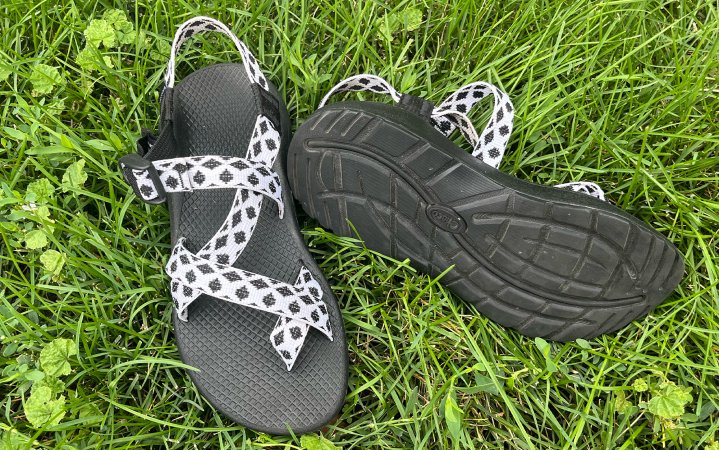
See It
Key Features
- Weight: 1 pound, 4 ounces
- Chaco Cloud cushioning
- 3 mm lugs
- Polyester jacquard webbing
- Ladder lock buckle closure
Pros
- Arch support
- Narrow fit
- Secure fit with toe loop
Cons
Chacos are some of the most popular hiking sandals on the market. Outdoorspeople are often split into two dedicated teams: Teva or Chaco. This rivalry comes off as a difference in aesthetic preference, but each brand fits differently so if one doesn’t work for you, it might actually be because of your foot shape. Chacos have a much higher arch and more narrow fit than Tevas. I’ve never bought wide hiking shoes as my feet are a B size in width (this is average), but the Chacos were so narrow that the sides pinch my feet together and the high arch irritated my low arches. However if this fit sounds similar to your foot shape and size, the traction is impressive and the webbing dries quickly.
Another divisive part of the Chaco versus Teva debate is the infamous Chaco toe strap. I was surprised to find that I do like the toe strap for added stability and security. It’s adjustable to fit different toe sizes and shapes. You can’t wear socks with the toe strap, but Chaco does offer a pair without the toe loop. If you want the best of both worlds, you can adjust the toe strap until it is fully flat against the footbed. That way you can incorporate socks at camp or neoprene booties for cold water, and then readjust the toe loop for more intense hiking. Another option would be to try using Injinji toe socks. Chacos require some breaking in, but their thick rubber soles provide more protection from the ground than Tevas, and they have more arch support and dry faster.
Most Versatile: Bedrock Cairn Sandals

See It
Key Features
- Weight: 15.2 ounces
- Polyester and nylon upper webbing
- Vibram rubber outsole
- Velcro and ladder lock buckle closure
Pros
- Very comfortable Y strap
- Easily adjustable
Cons
- No support makes this a better fit for hikers accustomed to minimalist footwear
Choosing between the Bedrock Cairn Adventure Sandals and the Luna Middle Bear Sandals is like asking to choose between your favorite children. There is lots to love here. Both are minimalist sandals that will feel comfortable in a casual setting (like camp) to a wide variety of backpackers on the maximalist to minimalist spectrum. Both are easy to adjust between a secure fit and a looser fit. Both are made out of durable materials with Vibram soles. Tick tick tick.
If my priority in choosing a hiking sandal is to have a backup for soggy days or river crossings, then I’d snag the Bedrock Cairn Adventures. The Velcro on the back heel adjustment point makes this slightly easier to get a secure fit where the sandal acts like an extension of your foot without being lashed down so tightly it starts to get uncomfortable. I also preferred its Y strap (the bit between your toes) as it had no ridges to speak of and stays put while you move. The only ding is that the nylon webbing is somewhat less comfortable than the silky smooth feel of the Luna Middle Bear Sandals, especially at the top of my foot.
Note that this, as well as the Xeros and Lunas, is a minimalist sandal: It has no arch support to speak of and very little cushion. If you are unaccustomed to this style of shoe, spend some time experimenting with it on shorter hikes before committing to your big trek.
Bedrock has updated their Cairn sandals for 2024 with Vibram XS Trek EVO outsoles.
Best Camp Sandals: Luna Middle Bear Sandals

See It
Key Features
- Weight: 14 ounces
- Vibram rubber outsole
- Monkey Grip Technology footbed
- Ladder lock buckle closure
- 4.5 mm lugs
Pros
- Comfortable footbed
- Padded back heel strap
- Deep lugs
Cons
- Y-strap gets twisted easily
- Adjusting the back heel strap takes some torque
- No support makes this a better fit for hikers accustomed to minimalist footwear
Once I first put on the Luna Middle Bear Sandals, I was struck by how similar they were to the excellent Bedrock Cairn Adventure Sandals. If anything, the footbed had a little more comfortable skin feel. The padded back strap hugged my heel better. The webbing was silky smooth. If you’re looking for an upgrade from the dollar-store flip flops, then this will make your feet feel like a million bucks at the end of the day.
Because this shoe has no support you’ll need good foot strength to hike in them. While you absolutely can use the Luna Middle Bear Sandals for river crossings, it’s got some very slight disadvantages for this purpose compared to the Bedrock Cairns. The first is that, while you can adjust the length of the back heel strap, it takes a bit of effort to get it to move through the ladder lock buckle on the sides. I also found that the webbing used for the Y-straps tends to twist around, although it’s not uncomfortable in the way that hard plastic Y-straps are uncomfortable. But these are all minor quibbles. These are a great choice for hiking sandals that can be used for a wide range of purposes.
Things to Consider Before Buying the Best Hiking Sandals
Weight
The Xero Z-Trail EVs are 8 ounces and the Keen Newport H2s are almost a pound heavier. If you’re putting in a lot of miles, carrying these to camp, or pushing through running water or thick sand, you might prefer a lighter sandal. But if you’re looking for full-coverage and protection, the Newport’s are a better choice than the barely-there Z-Trail EV.
Support
Arch support is highly subjective, and one of the reasons it’s so helpful to physically try on shoes before you buy them. Unlike the best hiking shoes, you can’t use an insole to correct the arch in a pair of sandals. So choosing a hiking sandal with support that fits your foot is crucial. The Chaco Z Cloud 2 has the most arch support on this list while models from Teva and Keen are more relaxed and Xero’s is non-existent.
Odor
The open nature of sandals makes odor control more important than other shoes. While some of the sandals on this list feature some kind of odor control built into the footbed, you’re still likely not wearing any socks while you sweat into the webbing and footbed. If you can’t sleep with your hiking sandals inside your tent at night, it’s time to consider a real wash. The easiest way to do this is with Nikwax’s sandal wash featuring a built-in brush to easily scrub and deodorize your sandals.
FAQs
Sport sandals are great for hiking as long as you’re comfortable in them. I prefer sandals in water, sand, and hot leisurely hikes. Try breaking them in on shorter hikes and walks first. Because you likely aren’t wearing socks, sandals can rub your feet the wrong way and some like Chacos need to be broken in first. This is especially true if you’re hiking in water which can cause blisters more easily.
My first pair of Tevas were a hand-me-down from my mom and I wore them nearly every day for two years before I bought a new pair. That was four years ago and they’re still going strong. With proper care, hiking sandals can last a very long time.
The best footwear to use when hiking is whatever feels comfortable to you. If you’re hiking in and out of water, I think that sandals are better than swamped hiking boots or shoes as your feet can breathe and dry, reducing the chance of blisters. Sand also tends to slide through my sandals instead of compounding uncomfortably in closed-toed shoes.
Final Thoughts
The best hiking sandals are a great summer investment. The right pair should fit comfortably and provide ample traction in slippery and uneven terrain. Find the pair with the right balance of protection, security, and support for you on this list.
Read the full article here



